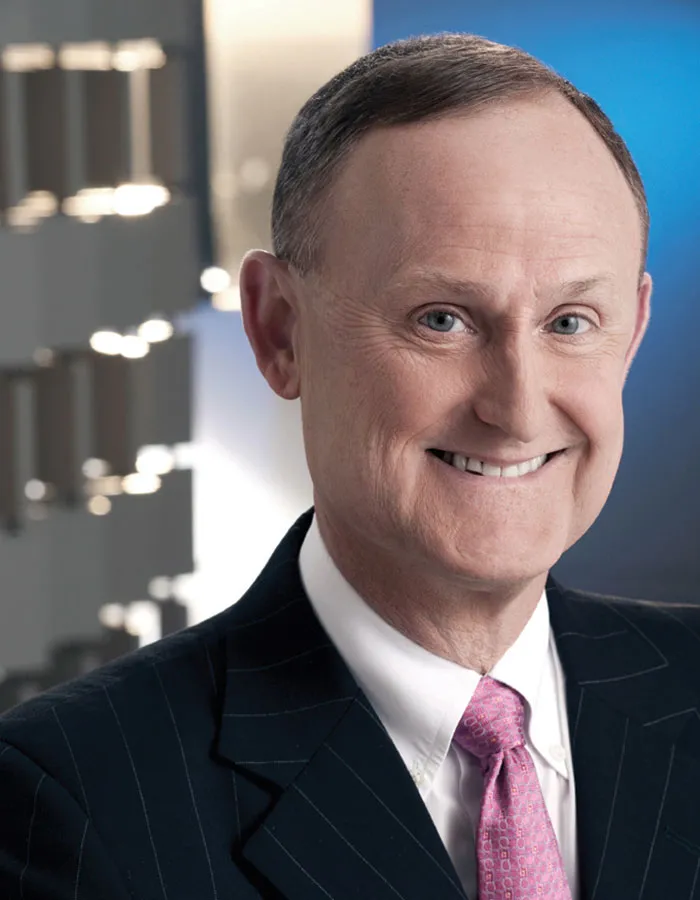We asked alumni who work in health-related legal fields about what is happening in their specialties, the challenges they face, and what we can expect in the future. They shared their thoughts about trends related to pharmaceuticals, mass torts, reimbursements, big data, and the implications of the Affordable Care Act.

Amy B. Judge-Prein, '92, is counsel at Faegre Baker Daniels LLP in Indianapolis. She has extensive experience representing clients on issues relating to the development and marketing of pharmaceuticals, medical devices, and diagnostics.
What are the current trends in your field?
One current trend is continued enforcement. Every part of counseling clients involved in drug and device research and marketing has become higher stakes over the course of the last 20-plus years. It is hard to walk the fine line between providing helpful, supportive counsel and scaring clients. The Office of the Inspector General at the Department of Health and Human Services said it best in the Compliance Program Guidance for Pharmaceutical Manufacturers, “In short, practices that may be common or longstanding in other businesses are not necessarily acceptable or lawful when soliciting federal health care program business.” This means that business practices which may be common in other sectors can result in significant penalties in the life sciences sector—and that leads to companies often having missteps, which can result in very significant penalties.
Another current trend is increased specialization. One example is the FDA regulatory work that now goes into finalizing an acquisition of a drug or device. While IP and financial due diligence have been part of these transactions for many years, there is now an increased realization that companies and products have to be examined for their regulatory compliance as well.
What are some of the biggest challenges you face?
For smaller life sciences companies, much of what they need to do to comply with FDA and related regulations must take place long before they are generating any revenue. Many companies are tempted to try to cut corners to save money and then often find out that gaps will cost far more to remediate. As outside counsel, we do our best to explain and justify the benefit of preventative legal work but, just like in the health care system, it can be a hard sell. Ironically, attorneys end up making more money when clients have big compliance issues than we do when we support preventative regulatory compliance work—but I always prefer to help clients prevent the problems wherever possible.
What do you foresee in the next five to 10 years?
I expect enforcement to continue to become more focused on reimbursement in areas where industry and health care providers overlap, such as clinical research.

John Beisner, '78, is the leader of Skadden, Arps, Slate, Meagher & Flom LLP’s mass torts, insurance, and consumer litigation group, and is based in Washington, D.C. Among his high-profile cases was his representation of Merck in its Vioxx litigation.
What are the current trends in your field?
Much of my work focuses on mass tort litigation—lawsuits involving defect or failure-to-warn allegations directed at pharmaceutical products or medical devices. In that arena, the significant trend of the moment is the use of intensive television and Internet advertising by enterprising counsel and marketers to encourage claims against targeted products. The problem is that when those advertising-generated claims are filed, they’ve often not been fully vetted by counsel and lack foundation. Indeed, there is evidence that in some instances, uninjured claimants have been lured to litigation through unethical means.
What are some of the biggest challenges you face?
When thousands of lawsuits are filed regarding a particular healthcare product, some courts and litigants tend to assume all claims are alike. It’s often a substantial challenge to get everyone to focus on the fact that each claim is different— each one has its own set of facts and presents distinct legal issues. Further, the factfinder may assume that where there’s smoke, there’s fire—the court or jury may be predisposed against the defendant’s arguments because so many cases are pending. Of course, the fact that people have been persuaded to sue doesn’t mean that a product is defective or that the manufacturer did something wrong.
What do you foresee in the next five to 10 years?
At some point, legislators will come to their senses and restrict lawsuits regarding FDA-approved drugs and medical devices. Litigation regarding such products (as well as rampant malpractice suits) are needlessly driving up health care costs in the United States. That’s a large part of the reason why other countries spend far less for health care and have superior systems.

Tom Bulleit, '85, a partner at Ropes & Gray LLP in Washington, D.C., represents clients in all sectors of the healthcare industry, from academic medical centers and companies engaged in biomedical research and development, to manufacturers of medical devices and pharmaceuticals, to HMOs, and more.
What are the current trends in your field?
Movement from quantity to quality in reimbursement. Historically, healthcare providers have been paid based on how many procedures or tests they performed. The Affordable Care Act contains a number of provisions aimed at payment models that are based on the quality of patient outcomes rather than number of procedures. I expect this trend to continue, with a variety of experiments with bundled payment arrangements that encourage providers to order only those procedures and tests that are necessary and show value based on clinical evidence.
Other trends include: consolidations of health care providers into integrated care arrangements; enforcement of fraud and abuse laws; increasing use of big data.
What are some of the biggest challenges you face?
The trend toward consolidation and aligning financial incentives to produce the right quality outcomes runs up against the laws that prohibit payment for referrals. Helping clients thread the needle is and will continue to be a challenge. The trend toward commercialization of health care data likewise presents some improper-payment concerns (often the sources of data are referral sources for those who want the data), and also runs up against patient privacy.
What do you foresee in the next five to 10 years?
I expect these current trends to continue. Additionally, it is probably obvious to say that, despite efforts to control cost, health care cost is likely to continue to increase faster than the rate of inflation, as we continue to develop new products and therapies. A corollary to this is that greater patient responsibility for health care cost is likely to accompany the growth in expensive healthcare treatments and technologies. I anticipate more employers providing incentives for their employees to join high-deductible health plans, and fewer Cadillac plans that are extremely generous and provide no incentives to stay healthy and seek only medically necessary care.








